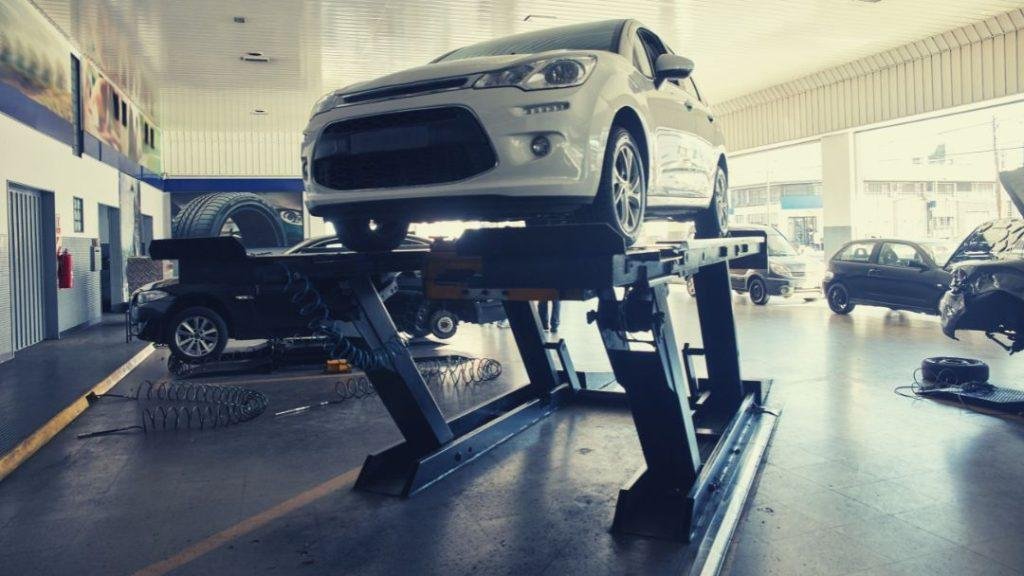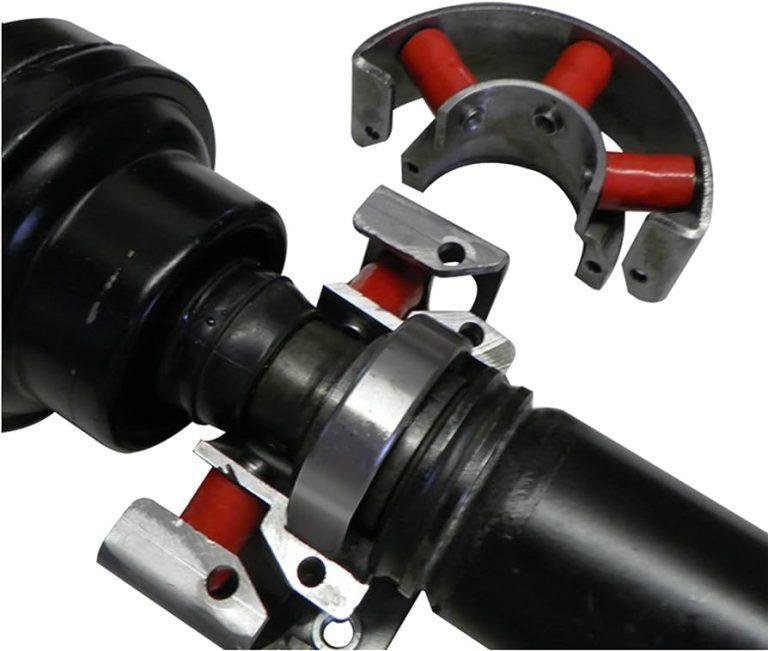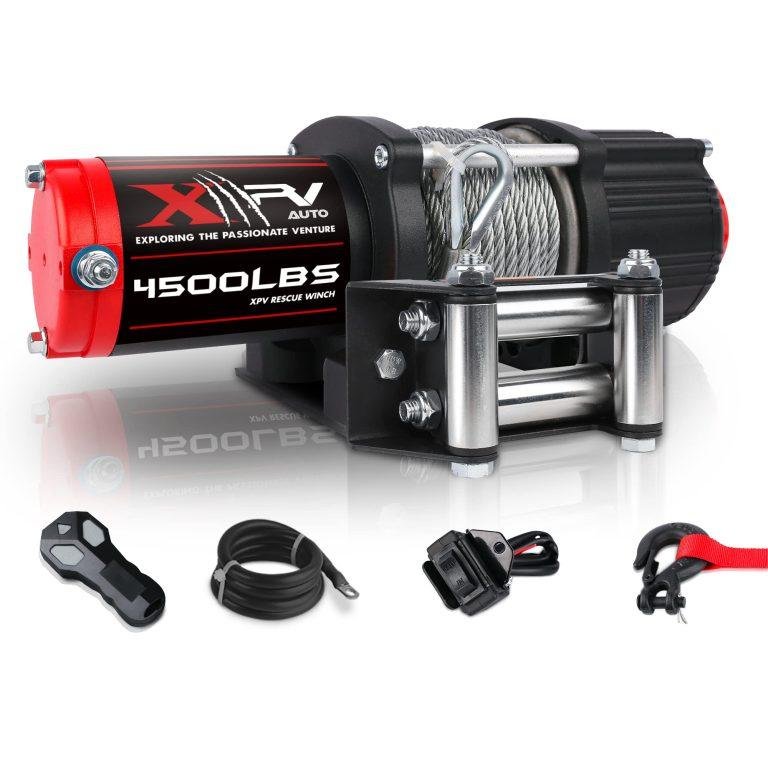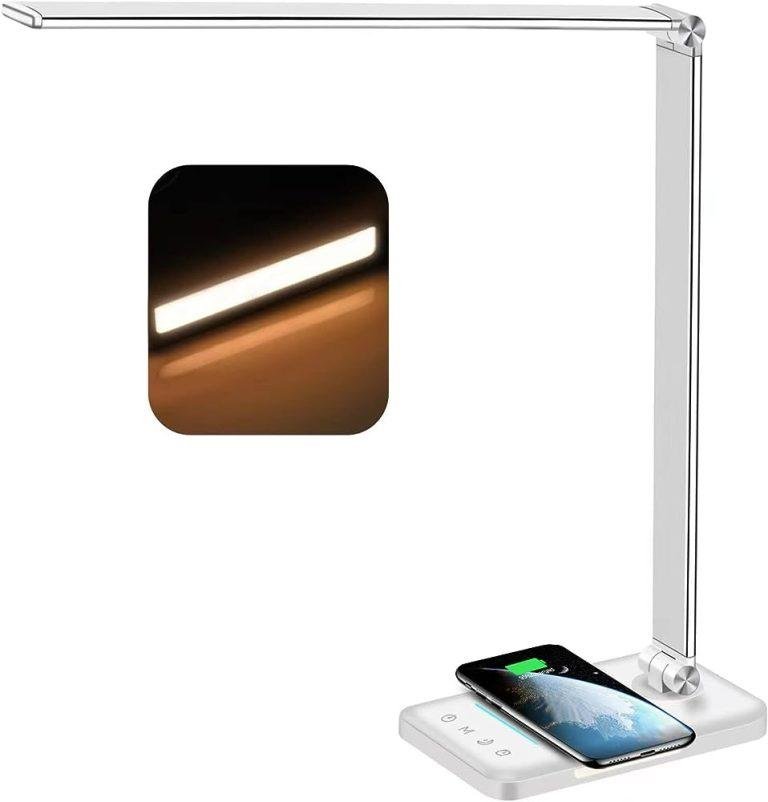When was the last time you had your car lift inspected? Was it a month or two ago? Maybe even longer? Hopefully no longer than a year?
In my last article, I spoke about the safety rules every car lift owner needs to know. A little refresher, these safety rules can make or break your car lift and how long it can serve you safely!
A big part of having a safe and well-maintained car lift is getting the car lift inspected on a routine basis or when required. No matter whether it is a commercial car lift or a residential garage car lift.
When was the last time you had your car lift inspected? If you need to remember when it was or have a clue as to why you need it in the first place, you have come to the right place.
Car lifts require routine inspection for more than one reason, and whether or not you know about it, you will now. I invite you to keep reading to find out how often your car lift should be inspected and why.
Why Do Car Lifts Need an Inspection?
Car lifts are like any lifts out there – they are a form of heavy machinery. As we all know, all forms of heavy machinery need to be inspected properly to ensure that they are running safely and that they pose no threat to the users!
They’ll run into trouble if you leave a car lift unattended for several months. Hence, we need a proper inspection of a car lift and maintenance to ensure these things operate as they should. This poses the question:
How Often Should Car Lifts Be Inspected?
Car lifts that have faults but are operating nonetheless pose a significant threat to their users, technicians, and customers alike. This is why lift inspections become so crucial for the owners.
Having the lifts inspected means that we are absolutely sure and confident that the cars will be safe, giving the users or employees more focus on their work.
Now, the main point is how often your car lifts should be inspected – at least once a year. However, this can and will change depending on the car lift manufacturer.
Different manufacturers may have additional requirements for checkups needed, which will be available in their respective user manuals.
Another case where it does not apply is in certain jurisdictions. Different areas and locations have different requirements, which is something you can check with your jurisdiction.

How Do You Know Your Car Lift Needs an Inspection?
Suppose you are very concerned about your car lift and want to take the extra step. In that case, keep some points in mind that will allow you to perform checkups yourself, highlighting any issues that may have occurred.
If you face any problems, you can call a professional for an inspection which will help you solve them quickly. The five things you should watch out for when looking are:
- Locks and restraints
- Hydraulic fluid leaks
- Signs of wear and tear
- Deformation in components
- Cracks in floor anchors
Inspection Guidelines for the Users and Professionals
On a regular basis, we may need more time to do complete inspections. But, every time we use the car lift, certain parts can and should look into.
It will undoubtedly help you better understand where things can go wrong, but more importantly, prevent them from going wrong in the first place. So how do you do it? Well, here are some general guidelines that can help!
Inspect Prior To Use
A good practice is to inspect your car lift before every single use. It is better to be cautious and careful than to face accidents. This is why it is a common practice among garage professionals to check the car lift before getting to use it.
Check for Wear
While it is easy to ask people to check their wires and cables for wear, it is not as easy for the naked eye to catch. This is why using a cloth or rag is recommended to wipe down the cables.
Wiping them down will let us see any tears, corrosion, stretches, or deformed bits that we might have otherwise missed.
Anchor Bolts
Although it is not needed to check these anchor bolts every day, checking up on them occasionally is a good idea. Cross-check to see if they are tightly attached according to the manufacturer’s guidelines.
Regular Lubrication
If you miss out on lubricating the car lift, it can cause trouble when the lift moves. So, ensure that you read up on the instructional manual to see how often it needs to be done, and proceed accordingly.
Hydraulic Lifts
If you have a hydraulic car lift, check the fluid level regularly to see if it needs replacing. Hydraulic lifts may be one of the safest options for car lifts on a regular day, but an unmaintained one can end up doing more damage.
Clean Components
The car lift always needs to be kept clean and free from corrosive agents that can harm the lift. If the car lift comes in contact with any corrosive agent, clean it up quickly with water and wipe it down dry.
Do Routine Accessory Checks
Lift accessories like adapters and rolling jacks are small but very important to the lift’s function. Check up regularly to see if these are functional or if they need to be replaced.
Always Check Safety Instructions
The car lift will always come with caution, safety, or warning signs in certain parts where it is required. But since these are stickers, over time, they can fade or tear.
Once in a while, check to see if these stickers are visible. If not, get them replaced to always remind you of the dangers that the lift poses.
Benefits Of Having a Well-Maintained Car Lift System
Now that you’re well acquainted with the rules and regulations of car lift inspection, I am sharing some brilliant ways that you can put your car lift to use. A well-inspected and regulated car lift can serve you in more ways than one – all the more reason to get those inspections done properly!
Additional Storage
Most homes come with one garage only. But for larger families, this usually is not nearly enough since it cannot store more than one car. Building a second garage can be very expensive and time-consuming, not to mention getting the space is a hassle on its own.
Installing a car lift is the best solution here, letting us store cars vertically instead of horizontally. This means your one-car garage can become two, two becomes for, three becomes six, and so on!
No Off-site Storage
This is for everyone who owns sports cars, which they like to drive occasionally or on holidays. Typically, these are stored outside the home off-site, where an extra charge is paid to store them.
Having a car lift means you can fit these high-end cars in your possession without paying off-site monthly rent.
Vehicle Maintenance
This is the most important reason why people get car lifts in the first place and why workshops always have them. It just makes it so much easier to work on the car!
With car lifts, you get to raise the vehicle as you like and work under it without the pressure of lying down in a small space.
Given that you have the height to accommodate it, you can even work under the car standing with others to get the job done faster!
Used for all vehicles
I know it says car lifts, but you know you can use it for all sorts of vehicles, given that the proper weight limits are maintained. Use it for sedans, pickups, SUVs, or any other vehicle you may have.
My Last Words!
If you own a car or two or work in a garage, you ought to feel the difference when tinkering with your vehicle with a car lift. They help maximize your garage space and allow you to easily work on your car.
But all of this is possible only when having a “SAFE” car lift. Or, a minor accident can cause unforeseen accidents. These can range from damaging the car, it is lifting up to damaging surrounding infrastructure, or worse of all, damaging owners. Things can go awry in a second with an unattended car lifting system.
In that case, it is your responsibility to ensure that it is getting the inspection it needs, whether it be the mandatory annual one or any extra ones that may be required.





